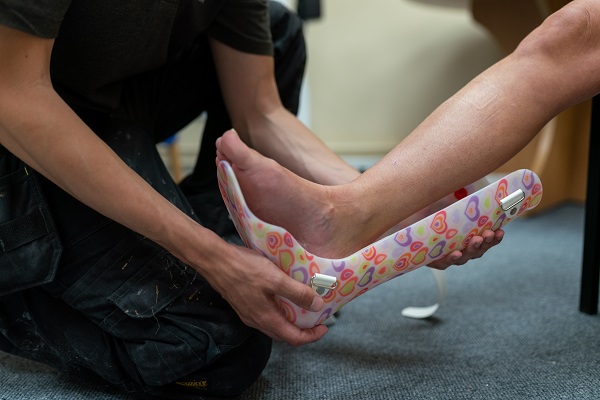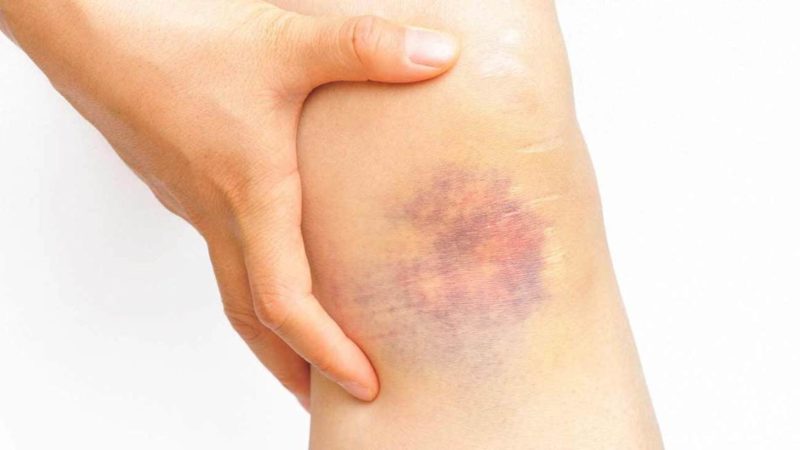How to Treat Road Rash and Abrasions?

Road rash is a type of skin abrasion or friction burn that occurs due to crash or fall onto the hard surfaces. It is not a deep injury; however, it can bleed and can cause pain. This is a common injury among road athletes.
These injuries are also known as raspberries, strawberries, road rash, and friction burns. In road rash, only the outer layer of the skin known as epidermis gets injured and affected. There might be minor bleeding and raw tissues in these injuries, but they can be treated sensibly using first aid.
Treating road rash using the right medicines can help in preventing the wounds and injury from becoming infected. It also helps in preventing scarring. Below mentioned are some of the tips to treat road rash.
Causes of Road Rash
Road rash is an exterior injury. In this injury, the outer tissue and outer skin is ripped away as a result of a scrape or rub against another object. Most of the time abrasion is a minor injury; however sometimes it can damage varied layers of the skin, so you would need to visit doctor to get appropriate treatment. Some of the activities that can lead to road rash are:
- Cycling
- Running
- Softball or baseball
- Motorcycle riding
- Skateboarding

Self-Treatment Tips for Road Rash and Abrasions
In most of the cases, road rash can be treated at home without seeking medical help. However, you should inspect the signs of additional damage or infection and should visit the doctor if needed. Below mentioned are some of the tips to treat road rash.
1. Wash Your Hands
If you are treating someone else’s wound or your own wound, then always remember to wash your hands first. Your hand might have some bacteria that could lead to infection. Washing hands properly helps in reducing the risk of infection.
2. Wash the Injury Properly
The next step is to wash the road rash. Clean it gently, and do not apply a lot of pressure on it. Also, avoid scrubbing the injury as it might cause further bleeding and damage.
3. Rinse the Wound
Place the wound under a stream of cold water. In case of need, use a pair of tweezers in order to remove the embedded grid. Keep in mind that any debris should not be left in the wound.
4. Apply Topical Ointment
After cleaning the injury properly and removing the debris, apply antibiotic ointment on the injury. It will help in killing bad bacteria that might have come in contact with the wound. In addition to this, keeping the area moist will help in healing the skin.
You can also opt for using sterilized honey that has appropriate evidence for wound care. You can also use manuka honey, like Medihoney, as there is a risk that supermarket honey might contain bacterial spores.
5. Cover the Injury
After applying antibiotics, cover the injury. You can use dressing tape or sterile gauze.
It will help in avoiding bacteria that can come in contact with the open wound. In addition to this, it also helps in healing the wound properly.
6. Change the Dressing Everyday
Make sure to change the dressing every day. If you accidentally get the bandage dirty or wet, then try to change it frequently. If the bandage hurts while removing, then moisten it while removing. You can moist it with water. This will allow the scab to soften and will help in removing the bandage properly.
7. Check for Infection
Continuously check for the infection whenever you change the dressing. If you experience increased pain, drainage, pus, or redness, then use an antibiotic ointment. If you find that the injury worsens, you should visit the doctor.
When to Seek Medical Help
There is a difference between the injury or wound that you can treat or the one that should be treated by the doctor. You should seek medical help if:
- The cut on the face is more than ¼ inch
- The cut on any other part of the body is more than ½ inch
- It is difficult to stop the bleeding
- There is too much pain in the injury
- It feels painful to move the affected body part
- There is a head injury, and you are experiencing memory loss or confusion
- There are other injuries also like cracked ribs
- There are fat globules in the tissues that are exposed
In addition to this, if you see any of the below-mentioned signs of infection, then visit the doctor immediately.
- Fluid or oozing pus
- Swelling and redness
- Hot or warm skin
- Tenderness and pain
If you experience nausea, fever, chill, and other body aches accompanying the infection, then also visit the doctor. If these symptoms are left untreated, then the infection can result in serious medical conditions.




